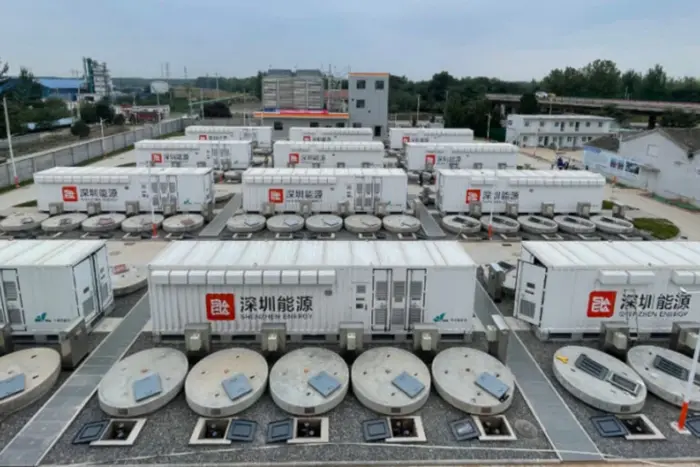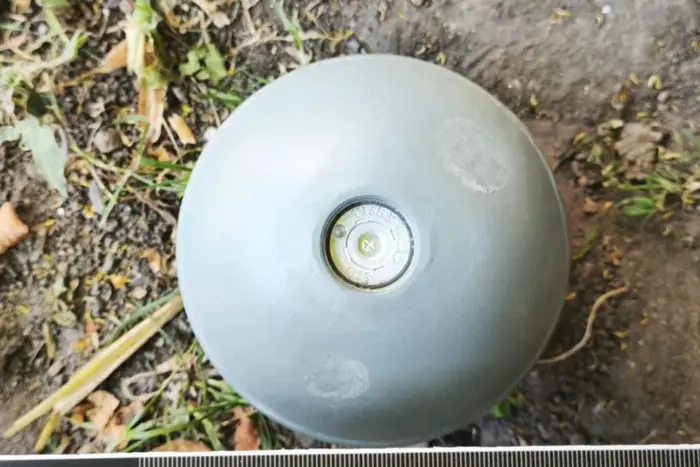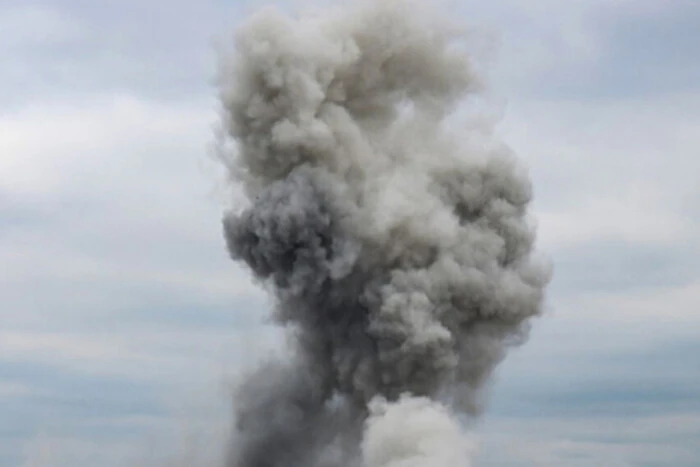China has built a unique energy storage system: what makes it special.


China launched the largest flywheel energy storage system
China has launched the world’s largest flywheel energy storage system, reports EcoPolitics.
The system has surpassed the previous leader - a 20 MW flywheel station in New York, which was built in 2014.
Thus, the largest flywheel-based energy storage system in the world with a capacity of 30 MW has been connected to the Chinese national power grid.
The project was implemented in the city of Changzhi, Shanxi Province. This system uses 120 heavy flywheels that rotate on magnetic bearings in a vacuum.
This design helps to reduce energy loss due to friction.
The flywheels are grouped into units of 10 and form a “frequency regulation block”.
The entire system consists of 12 such blocks. They are connected to a 110kV grid. The system was partially placed underground for safety reasons, as flywheels can have high kinetic energy in the event of an accident.
This project was created as a pilot, with the support of the Shanxi Province Energy Engineering Institute and the energy company BC New Energy, which provided the technology. The investor was Shenzhen Energy Group. The implementation of the project cost $48 million.
This energy storage system increases the efficiency and stability of China’s power system, as it helps to regulate the grid frequency. Experts say this is a new stage in the development of renewable energy and energy storage in the country.
Read also
- In Odesa region, port and tourist infrastructure damaged due to Russian attack
- Cluster munitions discovered in Lviv region after Russian attack (photo)
- The SBU struck the 'Kupol' plant, Putin talked to Macron. Main news for July 1
- Lubinets announced the execution of a Ukrainian prisoner by the Russians
- Putin will deploy 'Oreshnik' closer to Kyiv. Lukashenko revealed the details
- UAF destroyed the headquarters of the eighth army of the Russian Federation in occupied Donetsk










